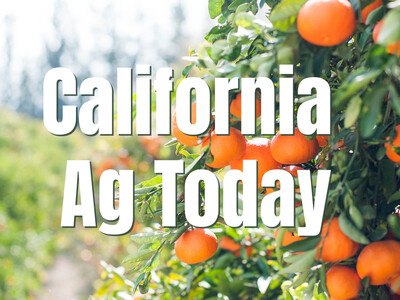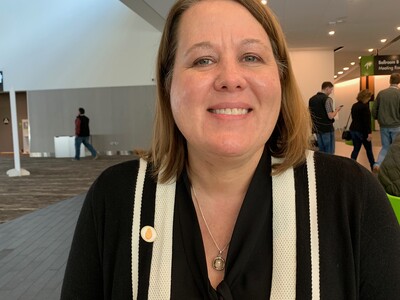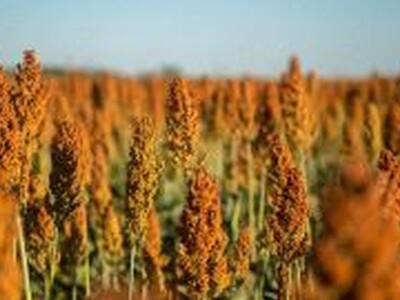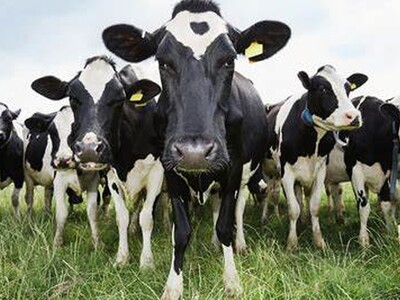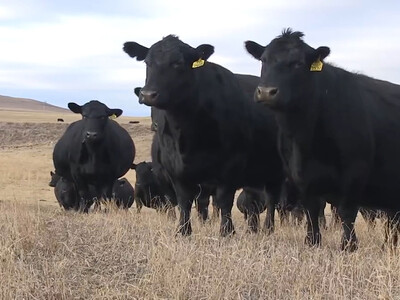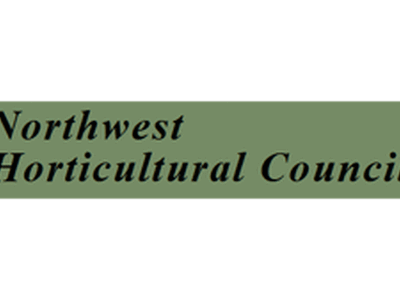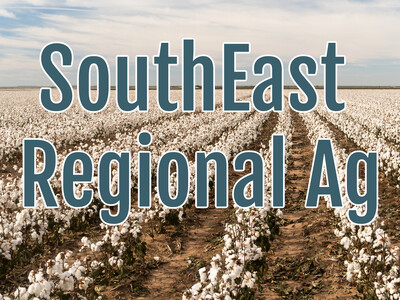World Soil Day
NRCS Public Affairs Officer Tracy Robillard announced a public service campaign featuring astronomer Dr. Laura Danly who is promoting healthy soil. I had a question for Tracy: “How does an astronomer tie together astronomy and agronomy? When it comes to soil, most think agronomy not astronomy. But a new public service campaign featuring astronomer Laura Danly, Ph.D., suggests there’s a universal connection between the stars, the soil and the residents of planet Earth. It’s a connection that’s especially significant on Dec. 5, which the Food and Agriculture Organization of the United Nations has deemed World Soil Day.
Danly, who is the curator of the Griffith Observatory in Los Angeles, Calif., and a former NASA astronomer, recently teamed up with USDA’s Natural Resources Conservation Service (NRCS) to lend her voice in a new public service campaign to highlight the importance of improving the health of Earth’s living and life-giving soil.
“The more I learn about our amazing universe, the more I realize what a special home we have within that universe – right here on planet Earth,” Danly said. “One of the things that makes planet Earth such a special place is its living soil.” Danly, who is also a frequent guest on the History Channel’s “The Universe,” said recognizing the connection between the stars and the soil is something that she wants to help her fellow Earthlings more fully understand and appreciate.
NRCS Oregon State Soil Scientist Cory Owens shares a similar message for World Soil Day.
“Soil is an important resource that everyone relies on, but it’s an easy resource to overlook and often becomes degraded over time,” said Cory Owens, NRCS Oregon State Soil Scientist. “World Soil Day is an opportunity for everyone to consider the role of soil in our lives and to think about it in a new way. Healthy soils are teeming with life and strong soil stewardship can help us address some of the big challenges that Earth is currently facing.”
Most people recognize that soil is critical for providing food and fiber, but healthy soils also contribute to improving water quality and quantity, adding resilience to agricultural production, addressing climate change, and improving wildlife and pollinator habitat just to name a few, Owens said.






